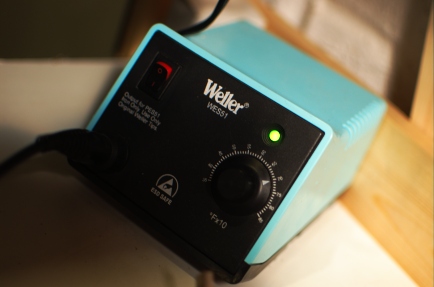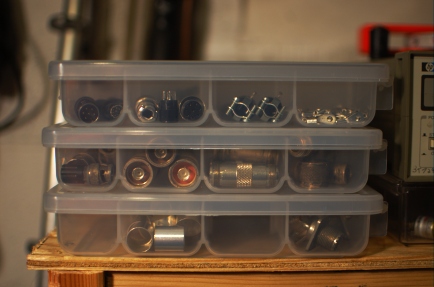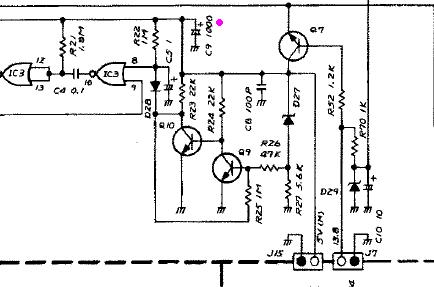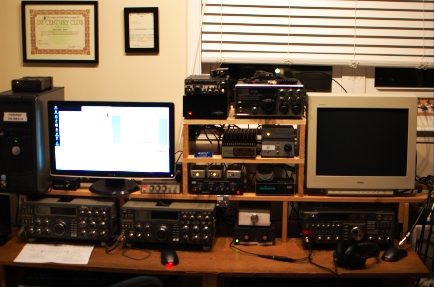Thanks to some quick thinking on Sarah’s part, I was able to attend the Hamvention (Saturday only—the day that the sewer backed-up and “ruptured”…spewing nasty water down through the fleamarket) for the first time in a few years. This is a recap from my perspective.
- Attendance was down. The fleamarket was shrinking.
- There were a lot of lookers but few buyers in the fleamarket. Predict that the fleamarket will shrink further next year.
- There were still good deals to be found in the fleamarket—I picked up some LMR-600, a WA2AAU 2304-MHz amp (unmodified 1900-MHz PCS amp), a Rohn 45G rotator plate, some 20-GHz rated SMA relays, and some miscellaneous parts. And, I passed on a few good deals as well.
- I saw a lot more young people than I remember from past years. Or maybe I’m just getting older and the population of hams younger than me is growing on account of that.
- Hamabouts (and their drivers) were not so obnoxious as prior years.
- Hara Arena may be a dump (K1LT told me the story—don’t know if it’s true—that during the Rolling Stones first U.S. tour, they had been booked at Hara, but refused to play when they saw the facility); but, it’s perfect for the riff-raff who show up for the Hamvention.
- In the end, the Hamvention (like ham radio itself) is about the people you know and meet. I had fabulous eyeball QSOs with guys from almost all phases of my ham career (except the early years from 1993-2000). The VHF/UHF weak signal crowd is a pretty amazing bunch of hams. I had a great time getting to know some of them in the fleamarket.




